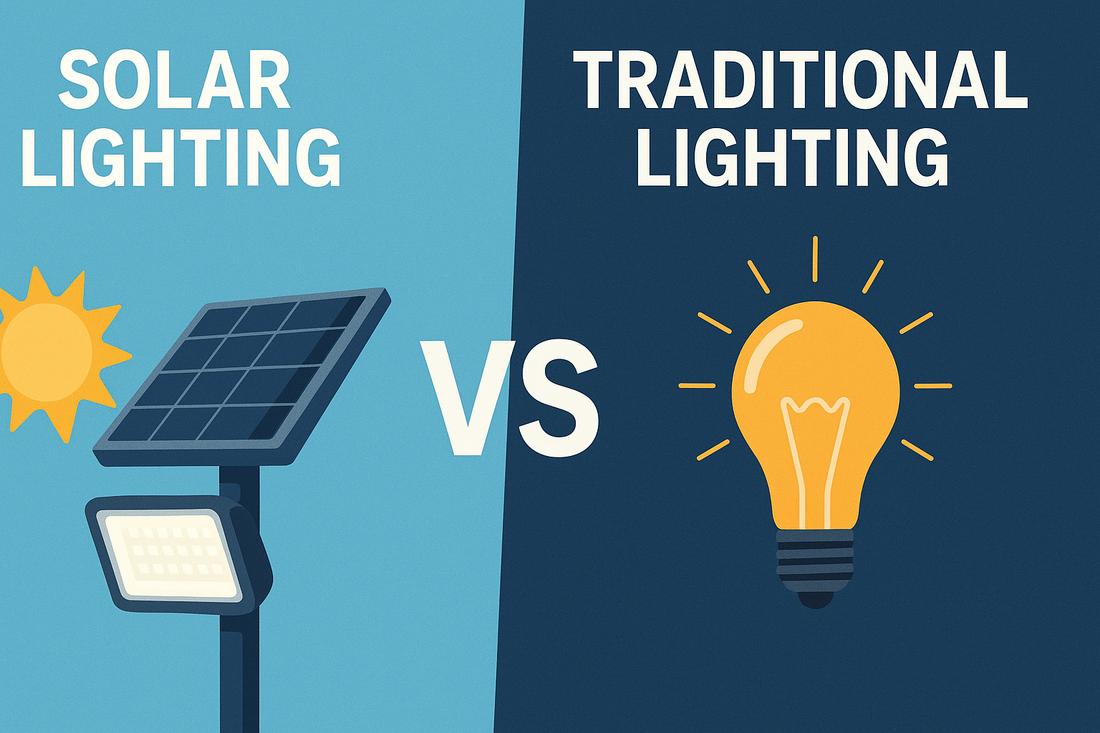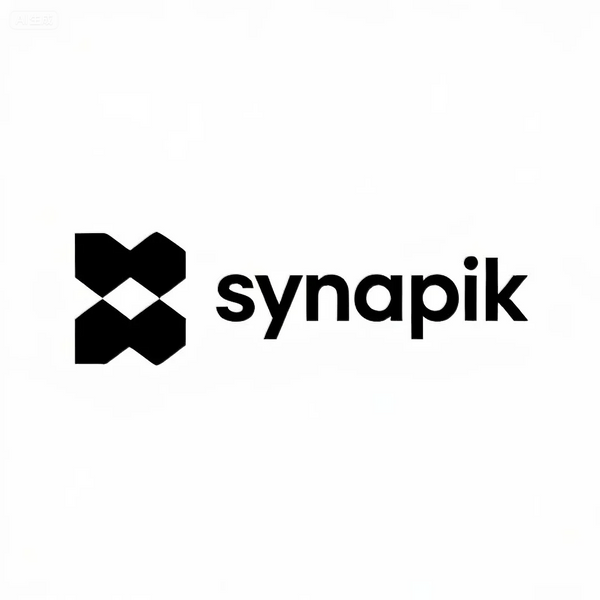
Solar Lighting vs Traditional Lighting: A Complete 2025 Comparison by Synapik
Share
The Lighting Transition of 2025
Lighting has always been essential for human life, but in 2025, the choice between solar lighting and traditional lighting has become a defining decision for homeowners and businesses. Traditional systems, while reliable, are energy-intensive and expensive to maintain. Solar lighting, on the other hand, is eco-friendly, cost-efficient, and future-ready.
At Synapik, we’re leading this transition by offering advanced solar lighting solutions that combine efficiency with sustainability. In this article, we’ll compare solar lighting vs traditional lighting, highlighting their differences in cost, efficiency, sustainability, and practicality.
Understanding the Basics
What Is Traditional Lighting?
Traditional lighting includes incandescent, fluorescent, and halogen bulbs. These systems rely on grid electricity and require wired installations.
What Is Solar Lighting?
Solar lighting uses solar panels, rechargeable batteries, and LED bulbs to generate illumination powered by the sun. Synapik solar lights feature automation, sensors, and smart integration for maximum efficiency.
Energy Efficiency
Traditional Lighting
-
Consumes large amounts of electricity
-
Generates heat waste (up to 90% in incandescent bulbs)
-
Heavily reliant on fossil-fuel-based grid power
Solar Lighting
-
Powered by renewable solar energy
-
Uses ultra-efficient LEDs
-
Reduces electricity usage by up to 80%
Winner: Solar Lighting
Cost Comparison: Short-Term vs Long-Term
Traditional Lighting Costs
-
Lower upfront bulb price
-
Frequent replacements needed
-
High electricity bills over time
Solar Lighting Costs
-
Higher initial investment
-
Minimal operating costs
-
Long lifespan with LEDs and rechargeable batteries
Long-Term ROI: Synapik solar lighting pays for itself within a few years through savings on electricity and maintenance.
Environmental Impact
Traditional Lighting
-
Increases carbon footprint due to reliance on fossil fuels
-
Shorter lifespan bulbs contribute to landfill waste
Solar Lighting
-
Zero emissions during operation
-
Promotes sustainable living
-
Long-lasting design reduces waste
Winner: Solar Lighting
Reliability and Performance
-
Traditional Lighting: Dependent on power grid. Blackouts cause outages.
-
Solar Lighting: Independent of the grid, operates during blackouts using stored energy.
Synapik solar lighting ensures uninterrupted illumination, making it ideal for security and outdoor applications.
Installation and Maintenance
-
Traditional Lighting: Requires professional wiring, trenching, and electrical connections.
-
Solar Lighting: Easy DIY installation, no wiring required. Minimal upkeep.
Safety and Security Features
Solar lighting often includes motion sensors and automated timers, making it a natural choice for home and business security. Traditional systems require manual timers or external devices.
Applications: Where Each Works Best
-
Traditional Lighting: Indoor applications where continuous, high-powered lighting is necessary.
-
Solar Lighting: Outdoor spaces, gardens, pathways, parking lots, and off-grid areas.
Why Synapik Recommends Solar Lighting
At Synapik, we design solar lighting systems that:
-
Save money with low energy use
-
Provide safety with motion sensors
-
Support sustainability with eco-friendly materials
-
Offer convenience with smart technology integration
FAQs About Solar vs Traditional Lighting
Q1: Is solar lighting reliable at night?
Yes. Synapik systems store energy during the day to ensure full performance at night.
Q2: Do solar lights work in cloudy weather?
Yes. Efficient panels store enough energy even in low sunlight conditions.
Q3: Is traditional lighting still cheaper?
Upfront, yes. But long-term, solar lighting saves far more money.
Q4: Can solar lighting be used indoors?
Yes, with external panels powering indoor fixtures.
Q5: Are solar lights durable in harsh weather?
Absolutely. Synapik designs lights to withstand rain, snow, and extreme temperatures.
Q6: Which is more eco-friendly?
Solar lighting, since it reduces emissions and energy waste.
